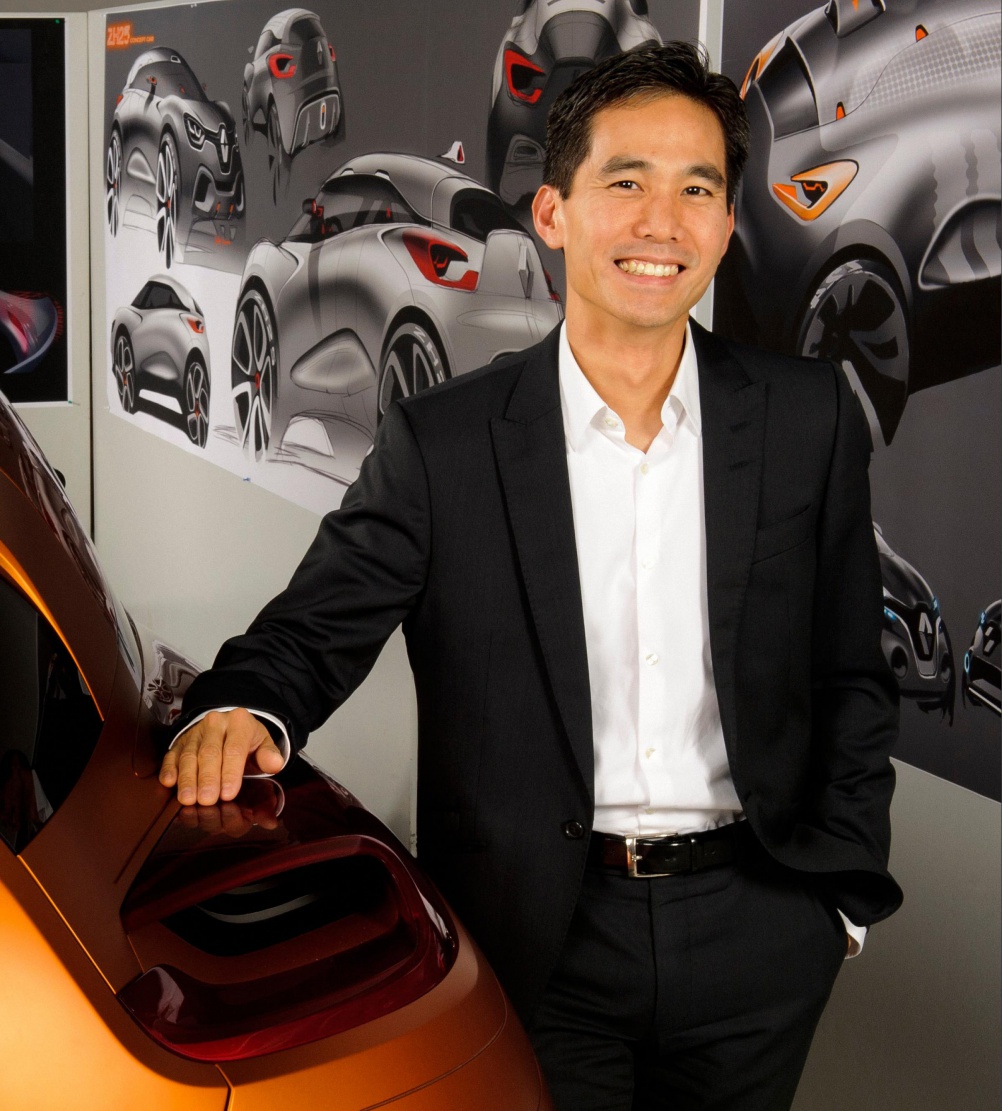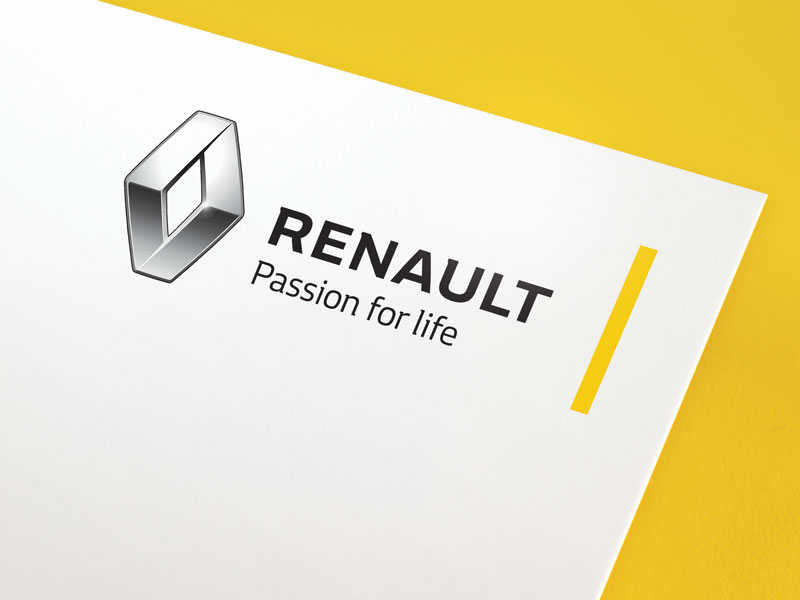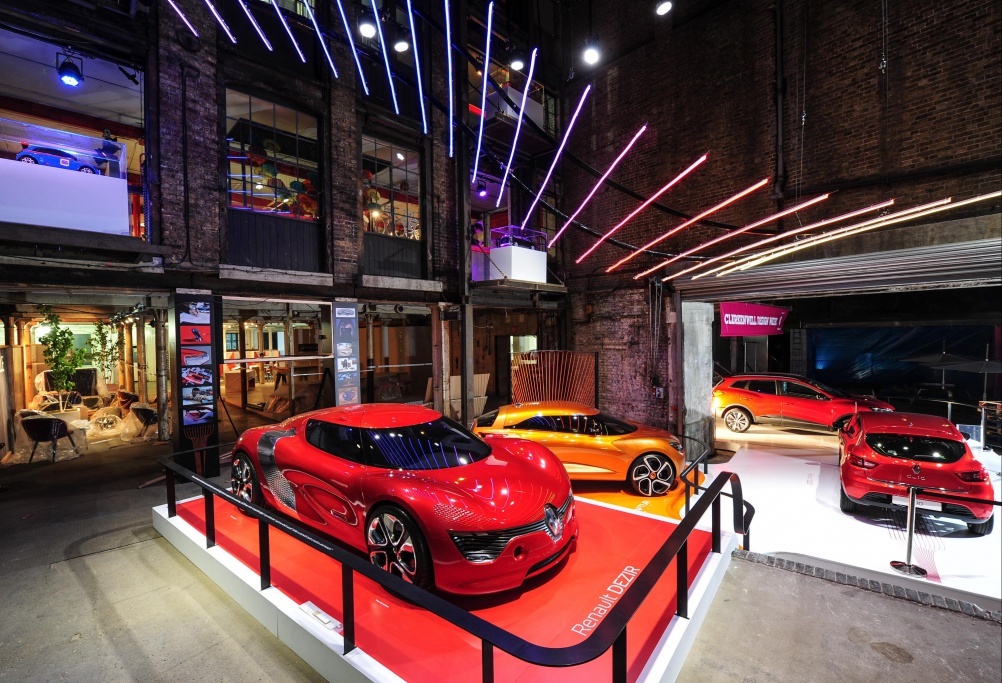Renault’s Anthony Lo: “You have to predict the future to design a car”
In a discussion at Clerkenwell Design Week, Renault’s vice-president of exterior design Anthony Lo and concept car director Stephane Janin talked about the way car designers work, how a big brand like Renault uses design and what impact driverless cars could have for designers.
In this piece, we look at some of the highlights of their talk.

What is car design?
Stephane Janin: “As a discipline, automotive design sits between product design, architecture and engineering. The things that make it unique are the size, the fact that it is moving and the safety element.
“A car could be like an aircraft – designed by an engineer and all conforming to the same style. But because a car is also a product that reflects who you are, that’s why it’s a design project.”
Anthony Lo “You have to predict the future to design a car – it can take three or four years to go through the design process and then it has to stay on the market for six years after that.”
How does the car design process work?
AL: “We still design cars by hand and we still use clay models – the design has to look good in a physical state.
“We always start with paper – with sketches. Then we develop the idea on to 3D on screen, then that is used to make scale models. We normally start with five scale models and then gradually reduce them down to the final one.
“Model-making is very important for car designers. Worldwide, Renault has around 500 staff but only about a fifth of them are designers – the rest are model-makers and other support staff.”

What is Renault’s design strategy and what does design mean for the company?
AL: “Renault’s design strategy is based around the ‘Life Flower’ concept. This is a six-petalled flower where each of the flowers represents a life-stage [these are: wisdom, love, explore, play work and family].
“Renault is a human-centred company and we create concepts based on each of the petals and then follow them as a guiding light for designs.
‘The product is the most important thing for a car company to be successful – and design is a key ingredient in that. We try to have a consistent design language across the range.”
How do concept car designs relate to cars that go into production?
AL: “Concept cars give us a window to explore new ideas without the constraints. Then we can take options we like and put them into a production car – this is a good way for a designer to work.
“Concept cars can also have a great responsibility – for example the DeZir electric concept car, which was first shown in Paris in 2010, is the first in a series, so we have to use it to announce future concepts and a new identity.”
SJ: “A concept car is also a good way of explaining to management and the rest of the company what we as designers can do.”

How do these designs go from concept to reality?
AL: “Car designers are also engineers – we have to understand what is happening technically”
SJ: “We deal with engineers who might specialise in something as specific as door handles or windscreen wipers – the designer has to be able talk to all these specialists to bring the design through.”
What changes might driverless cars bring to car design?
AL: “In the near future there will still have to be a driver – these driverless systems will take many years to mature. But when they do we will be able to design the interiors very differently. You might, for example, have a retractable steering wheel that goes down when you press a button – and then you can just punch in a destination. It presents new challenges but also new opportunities for interior car design.
“For exteriors it might not make much of a difference – not all cars will be driverless and the driverless cars will still have to fit into the context of other vehicles on the road.”
Anthony Lo and Stephane Janin were in conversation with Max Fraser at Clerkenwell Design Week.
-
Post a comment




